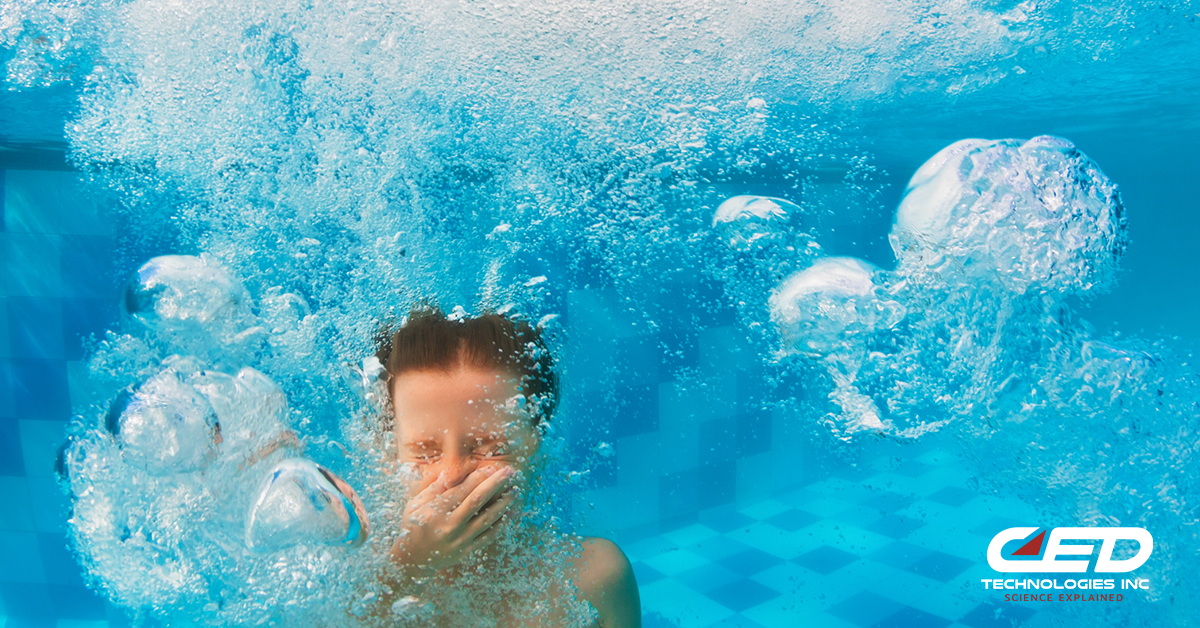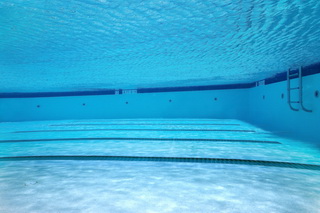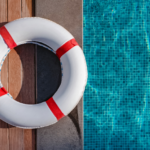With many community and town pools remaining closed this year, purchases for pools at home are at an all-time high. Swimming at home might be the easiest (and only) option, but everyone should take steps for a safe summer. In a report completed by the U.S. Consumer Product Safety Commission (CPSC), residential locations made up 71 percent of the reported fatal drowning incidents. According to the CPSC, child drownings remain the leading cause of unintentional death among children ages 1 to 4 years old and the third leading cause of unintentional death for children and adolescents ages 5-19 years.
Here are 5 steps every pool owner should take to ensure everyone’s safety while staying cool:
- Install Multiple Layers of Protection
Install a four-sided fence with a self-closing, self-latching gate. Keep a secure cover on the pool when not in use. If it’s a smaller inflatable pool, drain it and store upside down so it doesn’t collect rainwater. You could also consider purchasing an alarm for the pool gate or the pool itself for added protection.
- Designate an Adult “Water Watcher”
Pick one person to keep a watch on the pool at all times. This person should not be reading, texting, using a smartphone or be otherwise distracted. Having a CPR trained adult is also important, and many communities offer online training.
- Create List of Pool Rules
Create a list of rules, post it by your pool, and review the rules with everyone present. These could include: no running, do not swim without an adult present, no diving, no dunking or holding someone under water. - Keep Rescue Equipment and First Aid Kit Nearby
Make sure you have a life ring, rescue tube, or life hook that you can use to pull someone from the water to safety. This rescue equipment should be stored near the pool in a clearly marked and accessible area. You’ll also want to have a first aid kit on hand that’s stocked with all essentials. - Daily Inspection
Every day walk around you pool area to look for slip hazards around the perimeter of the pool and for any signs of degradation or other physical damage. Keep swimmers away from pool drains, pipes and other openings to avoid entrapments. Make sure all chemicals are stored in an appropriate and safe location.
Before jumping into the deep end this summer, make sure it is safe to do so. From smaller, inflatable children’s pools to permanent inground pool installations, problems can arise that run the gamut from construction to human error. As noted in this article in Parents magazine, young children can drown silently in as little as 25 seconds, even in the shallow end or in a baby pool. CED investigates a number of accidents every year for drowning, diving accidents, and construction defects/equipment failure. For more pool safety information and measures, click here to go to the CPSC’s Pool Safely site.
Click Here To See Our Full List of Experts Click Here To Submit an Inquiry about a possible Claim or Case.






